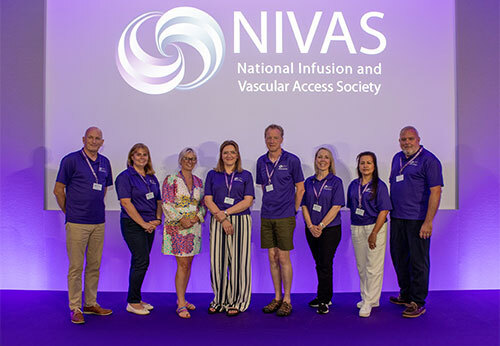Artificial intelligence to identify CLABSI
"CLABSI detection by AI methods was at least as accurate as traditional methods, better liked by experts, faster and less variable. AI-assisted review could improve healthcare-associated infection reporting" Morgan et al (2025).









